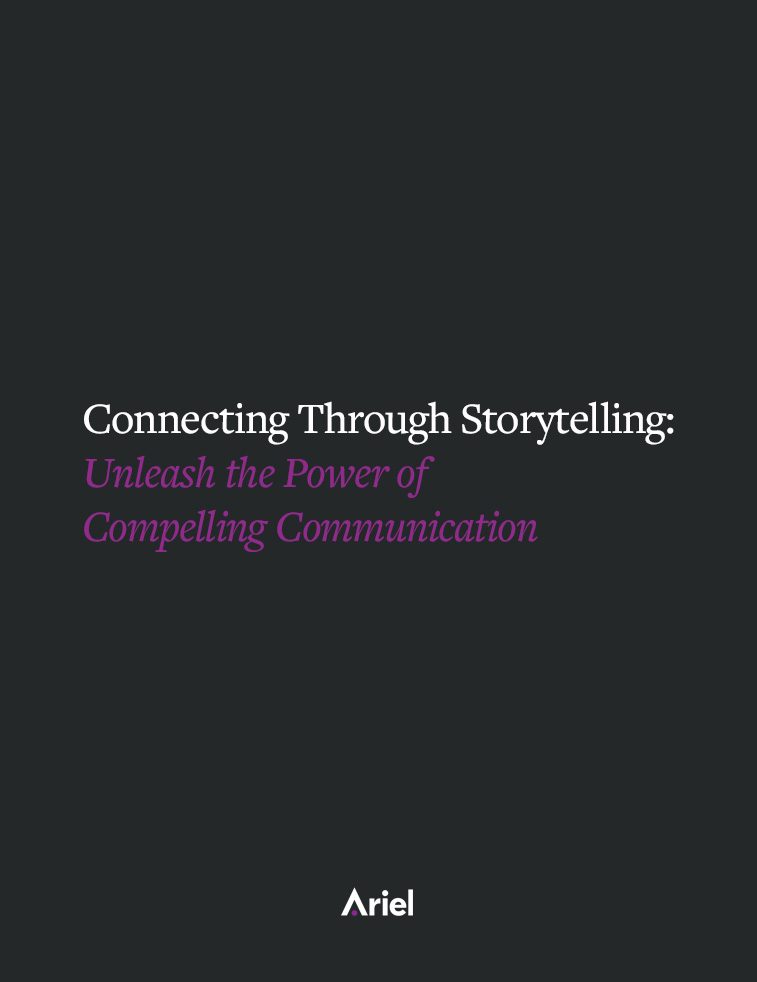How to Influence Without Authority

Credibility is defined as “the quality of being trusted and believed in” and is formed when people see you as thoughtful, authentic, confident, and having integrity. This means that in addition to having these qualities, you need convince other people you have them by the way you show up.
More and more companies are forgoing traditional hierarchical workplace structures, creating matrixed environments of employees who are expected to “lead laterally” to get work done. But how do you align people around your point of view without the right to command that something “needs to be done this way?” It all comes down to influence and authentic presence.
Influence is not the same as manipulation. It’s the ability to motivate or inspire a desired outcome by being seen as credible and communicating a vision that people can get behind. It’s a skill that can help you at every level—whether you are recommending a simple process change or galvanizing teams around a global initiative.
Build Credibility
Credibility is defined as “the quality of being trusted and believed in” and is formed when people see you as thoughtful, authentic, confident, and having integrity. This means that in addition to having these qualities, you need convince other people you have them by the way you show up:
- Start by Listening. And I mean really listen. I’ve been in enough high stakes meetings where I’ve seen C-suite executives engaged, fully listening in the conversation. Why? Because they see listening as part of their job. Listening allows you to understand the landscape, gain insight into other people’s POV and advance your own thinking.
- Assert yourself appropriately. If you have an opinion, have the confidence to say it. Don’t have one? Ask questions to help you form one. Many times, professionals try to insert themselves into a conversation for the wrong reasons. Are you trying to sound intelligent? Or do you actually have a valuable insight? Stopping yourself and checking will help you in the long run. Plus, as someone who is seen as consultative, you will build a reputation as someone of integrity: one who listens, thinks, and will collaborate for a greater solution that will benefit all.
- Give yourself a pep talk. I often see people holding back good ideas due to insecurity. Are you seeing yourself as “less than” or as someone who feels as though they shouldn’t have a say? Or, do you see yourself as a human being with good ideas who has a right to participate in the conversation? We all, regardless of our titles and corner offices, should see our POV as valuable. If you understand the problem, have listened to other points of view and feel passionately about what to do about it, there is no reason to not speak up.
Build and nurture relationships
It’s as simple as this: You can’t influence people without some kind of relationship.
When I was working at an international engineering firm, my company gave me the responsibility for designing and managing a series of training programs for a top client. Over the course of the implementation, I attended the meetings that our executive held with the client as well participated in sector conferences. I always made a point of saying hello to our client lead; sharing my learnings from working on the project, getting to know her key goals for the initiative, as well as talking to her about our personal interests. Later in the engagement, the client needed us to take on a new strategic project and she specifically asked our executive if I could be put on as the lead. She knew that I didn’t have extensive experience in the task area, but shared that she had come to trust my judgement and ability to work well with others and I was someone she enjoyed working with. I took on the task, and am happy to say that it was a success! The experience confirmed for me the positive influence that comes with putting that extra effort into nurturing key relationships.
Make sure you take the time to build positive relationships with those both higher and lower on the totem pole. Network inside and outside the office. Find out who is responsible for what in the company. Learn what people enjoy outside of work, what motivates them at home, and what they put time into (volunteer organizations, etc.) away from the office. If you can help someone achieve a goal or help with a project, help them. If they helped you, try and pay it back. These tactics will help you exponentially throughout your career.
Communicate Dynamically
After you’ve established good two-way relationships with your peers and higher ups, you should ask yourself what they will need and want to ally with you and your vision and then use this information to shape your communication strategy:
- Think about your audience. Take what you have learned from getting to know these people and apply it! What is important to them? Are they interested in the big picture or are they curious about specific process implications? Explain the benefit through their POV.
- Use expressive language, metaphors and stories. Sometimes different departments speak different languages. Rather than fight against the tide, see if there’s a common thread. Use metaphors and analogies to bridge the gap. Insert colorful and informational language they’ll appreciate. Customize your language to something your audience can’t say “no” to.
Once you master these skills, you’ll be surprised at what you—and your company can achieve.

